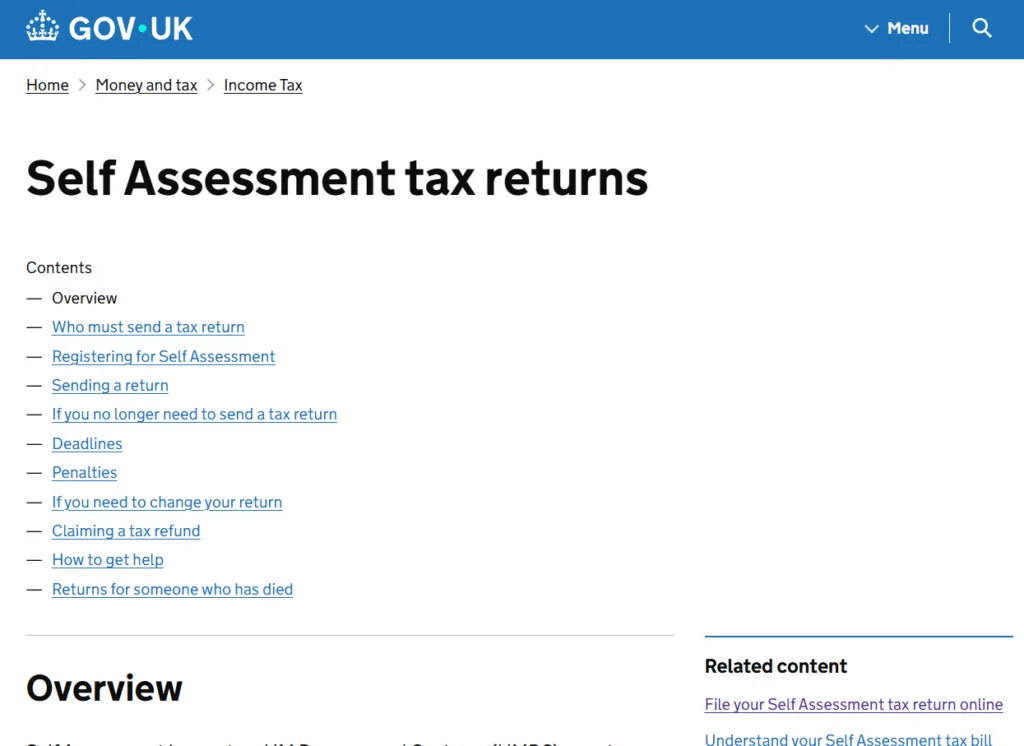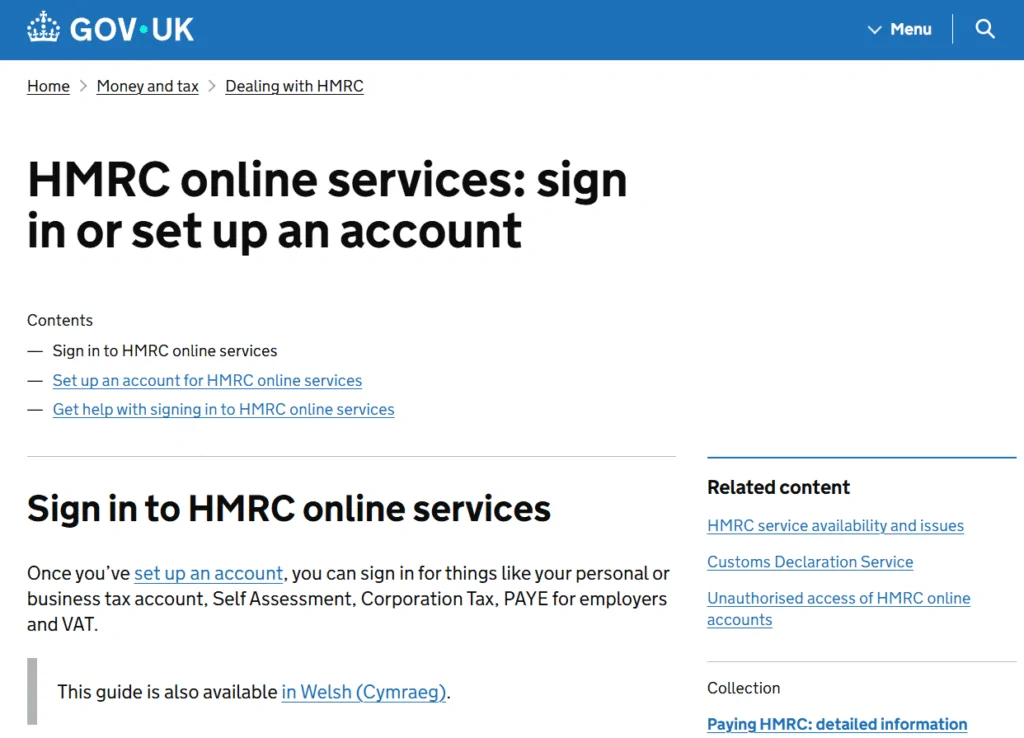SA300 HMRC Form Assistance – Tax Calculation Notice
The SA300 HMRC form is an official notice from HM Revenue & Customs that summarises the outcome of your Self Assessment tax return. Unlike forms such as the SA100 or SA302, which are used to file or evidence income, the hmrc sa300 is a tax calculation statement provided by HMRC once they have reviewed your return.
Official HMRC Self Assessment guidance

Receiving an sa300 hmrc notice means HMRC has calculated how much tax you owe (or are due as a refund), based on the information you submitted in your Self Assessment.
What is the HMRC SA300?
The sa300 hmrc notice is not a form you complete – it is issued by HMRC. It is essentially a tax bill or statement of account showing:
- Total income tax due for the year.
- Payments already made (e.g., through PAYE, advance payments).
- Any outstanding balance payable.
- Deadlines for payment.
- Late payment interest or penalties if applicable.
If you file your Self Assessment online, the tax calculation usually appears immediately in your HMRC account. However, paper filers or specific cases may receive a printed sa300 hmrc notice.
When Do You Receive the SA300 HMRC?
- After filing a Self Assessment return, HMRC processes the return and issues the sa300 to confirm your tax liability.
- It may also be sent if HMRC makes adjustments or corrections to your return.
- In most cases, it is issued close to 31 January (Self Assessment deadline).
View your calculation online via HMRC portal – https://www.gov.uk/log-in-register-hmrc-online-services
Example of an SA300 HMRC
Imagine you are self-employed and submitted your Self Assessment return showing:
- Income tax due: £4,500
- Payments on account already made: £3,000
- Balance due: £1,500
The sa300 hmrc will clearly show:
- The £4,500 total owed.
- £3,000 already paid.
- £1,500 still outstanding, with the due date.
This acts as an official confirmation of your tax position.
Why is the SA300 Important?
✅ It confirms how much HMRC expects you to pay.
✅ It can be used as proof of your tax liability (for loans, mortgages, or credit applications).
✅ It highlights deadlines to avoid late payment penalties.
✅ It ensures you can budget correctly for future tax bills.
Common Issues with the SA300 HMRC
❌ Misunderstanding payments on account.
❌ Discrepancies between the SA300 and your own calculations.
❌ Receiving an SA300 late (often if paper filing).
❌ Ignoring the SA300, leading to missed deadlines.
What to Do if Your SA300 is Wrong
If you believe the hmrc sa300 is incorrect:
- Compare it with your own tax return (SA100/SA302).
- Check payments on account are included.
- Contact HMRC directly to raise a query: (https://www.gov.uk/contact-hmrc).
- If necessary, amend your tax return within the allowable time frame.
FAQ – SA300 HMRC
Q1: Can I download the SA300 form?
No, the SA300 is issued by HMRC – it is not a form you complete.
Q2: Does everyone get an SA300?
Not always. If you file online, your calculation is usually visible in your HMRC account instead of a paper SA300.
Q3: What if I lose my SA300?
You can view your statement online via your HMRC account or request a copy.
Q4: Is the SA300 proof of income?
It shows tax due but is not as widely accepted as the SA302 when proving income for a mortgage.
Q5: Can Audit Consulting Group help with SA300 issues?
Yes – we review SA300 notices, check for errors, and liaise with HMRC on your behalf.
Why Choose Audit Consulting Group?
The hmrc sa300 is critical in understanding your tax obligations. If misinterpreted, it can lead to late payments, penalties, or overpayments. At Audit Consulting Group, we:
- Verify your SA300 calculations against your return.
- Ensure payments on account are accurate.
- Assist with HMRC disputes and corrections.
- Provide clear explanations so you know exactly what to pay.
- Help you budget for future tax bills.
Contact Audit Consulting Group today and let us handle your HMRC correspondence – ensuring your tax affairs are always accurate and stress-free.





